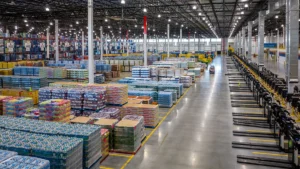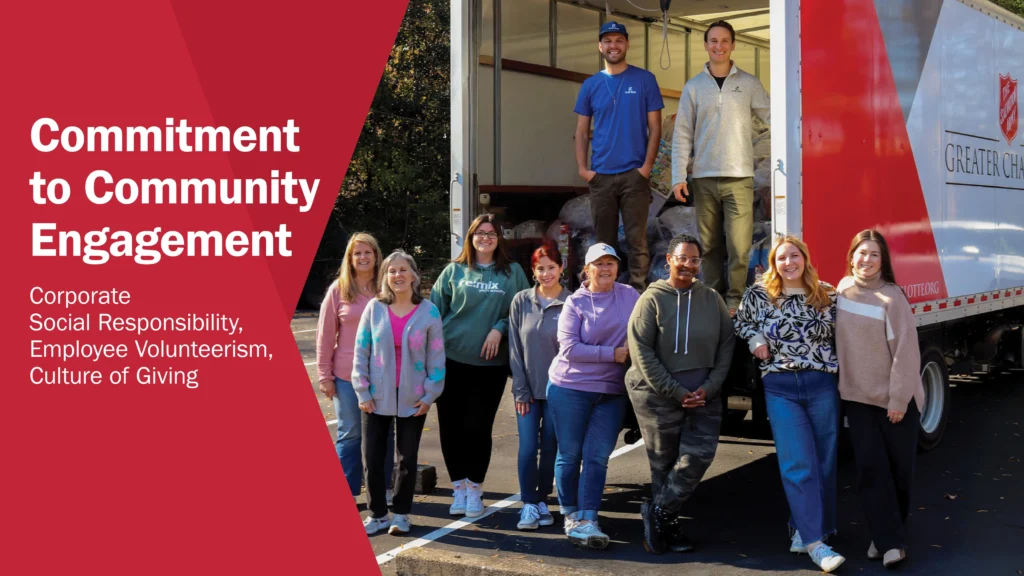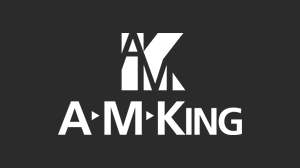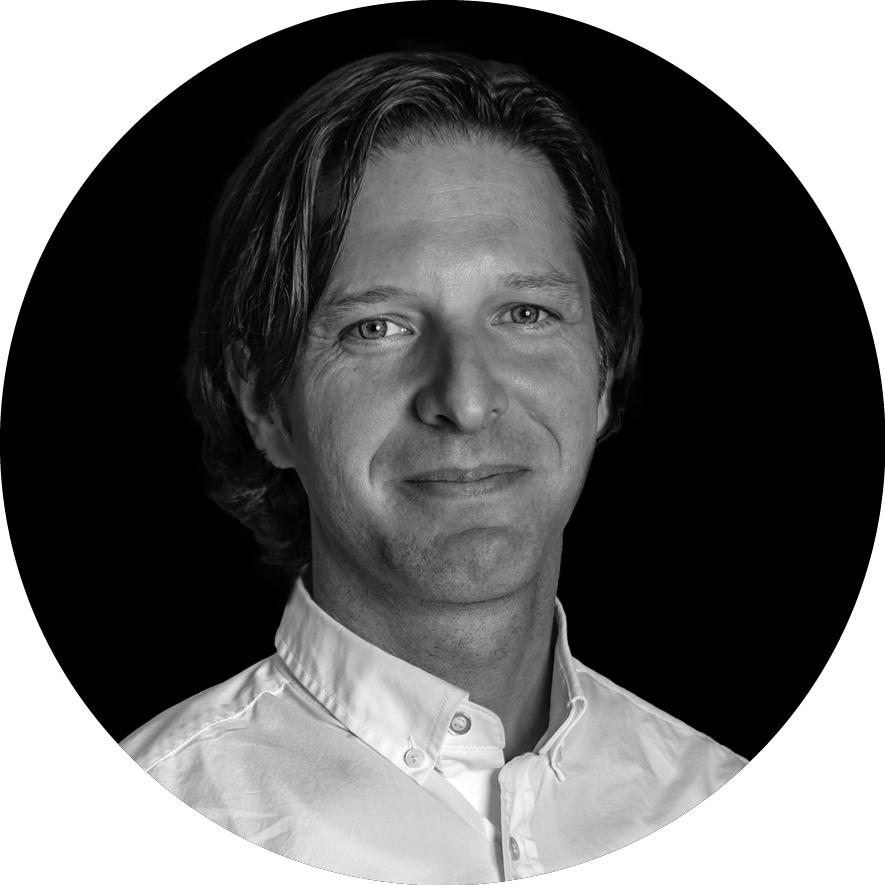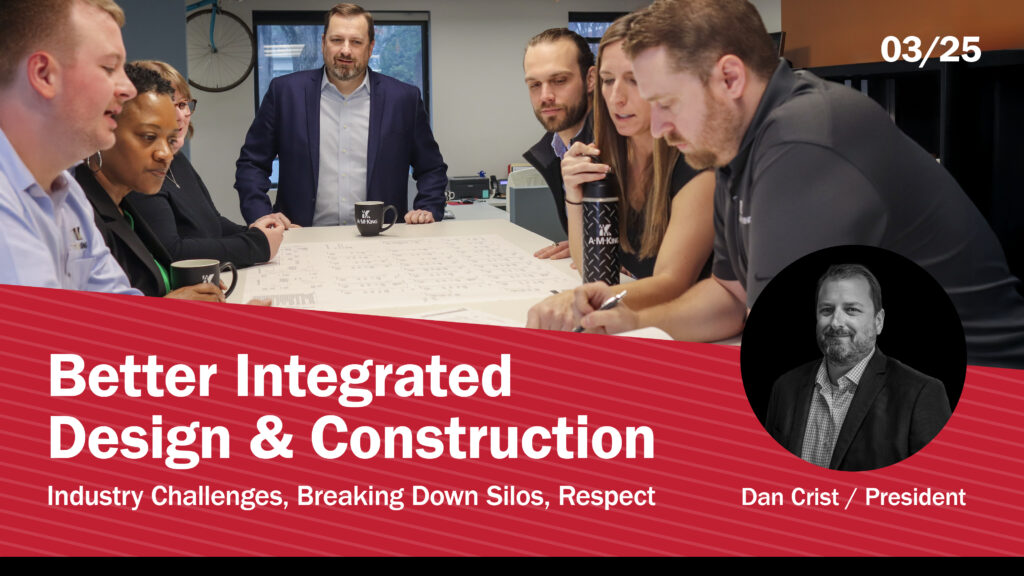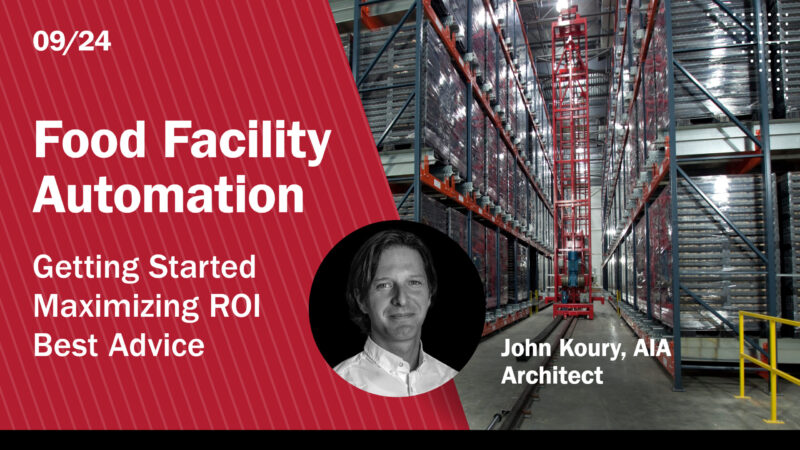
Food Facility Automation: Integration, Trends, Advice
Not every growing food company has the resources to build a brand new, fully automated facility. Maybe it makes more sense to strategically integrate automation into existing processes. Automation is a broad landscape though, and food facility automation, in particular, has added levels of complexity. What factors should you consider in this scenario? What questions should you ask? What are potential starting points? How can you maximize your investment?
These are some of the topics I discussed with Kelley Rodriquez, host of Refrigerated & Frozen Foods’ From the Cold Corner podcast during the show’s August 19 episode. Here are the highlights:
Getting Started with Food Facility Automation
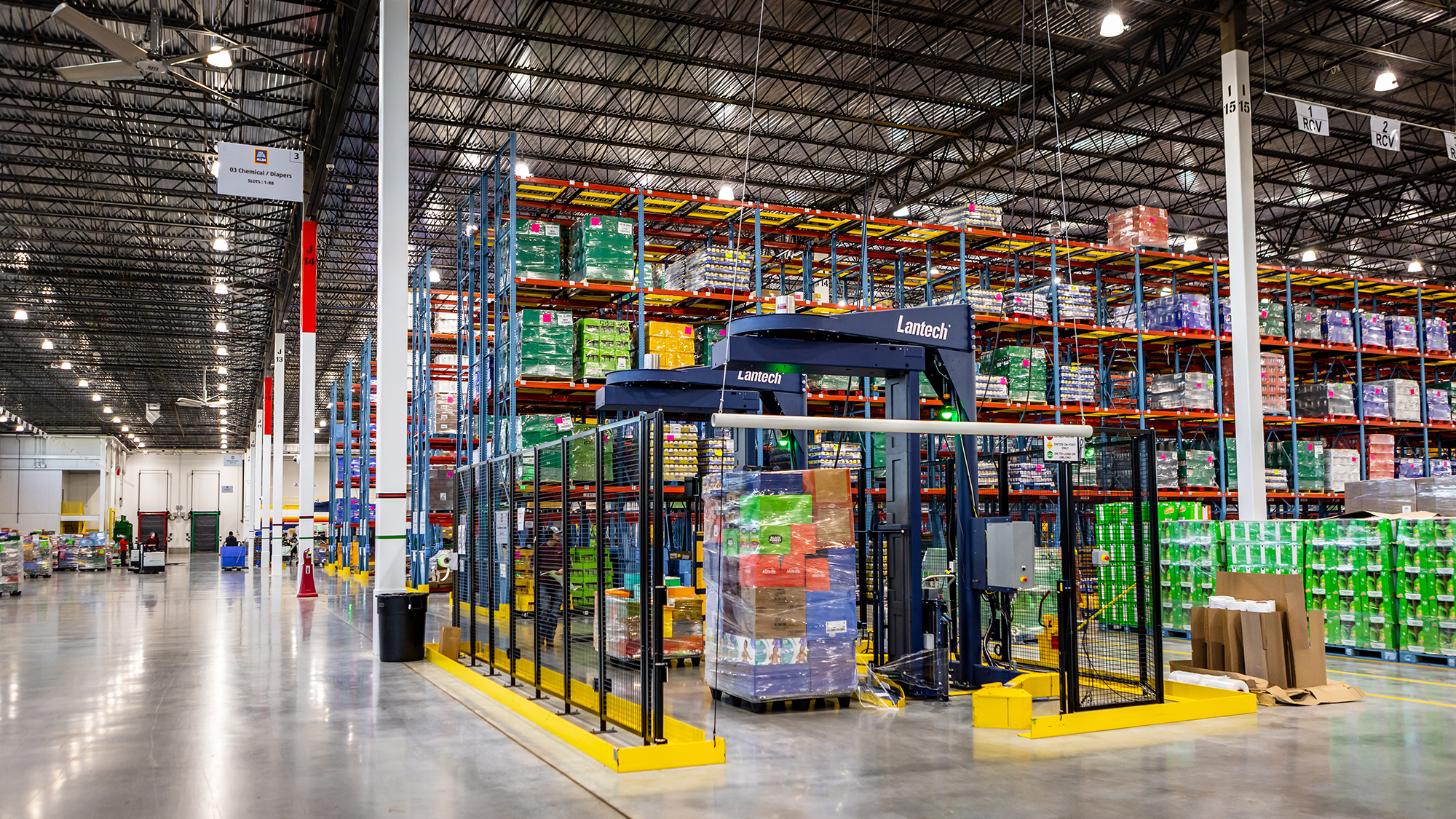
Kelley: When a lot of people hear ‘automation,’ they think greenfield development, but increasingly we are seeing it implemented alongside expansion and renovation projects. Can you share your perspective on that?
John: So, there are established players, the large-scale food processors, the companies that have a lot of capital. And maybe they are going to make a major investment and have a new facility, and it will be state-of-the-art, and have all of this stuff. But that’s just one part of the world.
There is this whole other part which far outweighs the other group. These companies need to make incremental improvements. They may be at this tipping point of really scaling up but not at the point of building a greenfield facility. How do they balance the investment of food facility automation, plus the likely change of methodology, with the values and procedures that have gotten their company to this point?
Kelley: ROI is always a major factor, and probably the number one factor in almost any aspect of designing a food or beverage plant. But are there other factors that enter into choosing how and where to implement automation?
John: If you think of the product flow into the building — receiving, some sort of warehousing, some sort of processing, some sort of packaging, and then some sort of shipping function — and then the corresponding building parts that go along with each stage, there are so many different options and opportunities for effective food facility automation. And I think it is important to understand what specific aspect of automation you want to implement.
Kelley: So, what is the best way for food manufacturers to introduce automation into an existing facility?
John: If you’re a business owner, I think the lowest hanging fruit is packaging. It’s the easiest to implement because you are probably already doing some form of packaging that has some rudimentary form of automation in it. But the opportunities to have some better efficiencies are really strong for that. And then, as you kind of go upstream in the process, it gets more complicated.
Complexities of Integrating Automated Elements
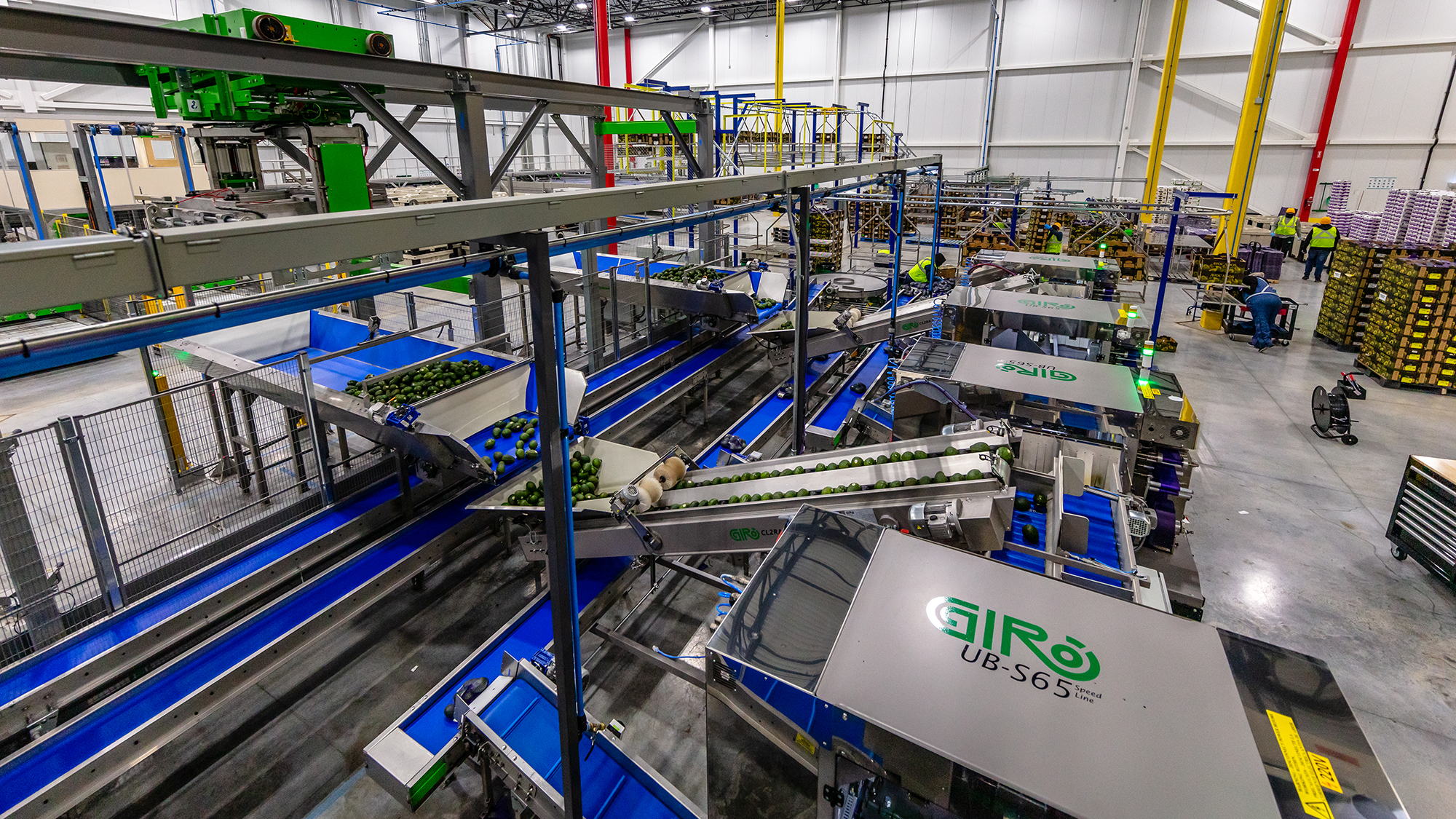
Kelley: What are some of the challenges food companies are experiencing with automation and where are the opportunities for success?
John: The smart people that make these automated systems are coming up with very good ways to have flexible machinery and to adapt to the variation. But there are still challenges. In the food world in particular, you’re starting with natural foods ideally.
One of our clients makes Baba Ghanoush, and eggplants, as you know, are all different shapes and sizes and levels of firmness. Uniformity makes incorporating food facility automation easier. Which is why, by the time things are ready for packaging, they have already been put into some unitized, standardized container.
Those standardized packages can then move into a rack-supported building organized for high density. These are just larger versions of packaging system output. It’s like a real-life game of Tetris meets a nested Russian doll.
Kelley: If I’m an F and B manufacturer or a cold storage operator and I want to reconfigure my plant floor, what should I consider and what would my timeline look like?
John: Well, that’s an excellent question, because that is probably the most common situation. You’ve got a food facility owner with a buyer who will buy X amount more if they can do it. The owner says, ‘Let’s look into automation and we can fill those orders.’
Most of the time that owner has an existing facility without land to expand, so they have to reconfigure the space they already have in order to accommodate that automation.
In addition, they probably have some other product that they’re making simultaneously and would have to coordinate ongoing operations with construction activities. In the case of food facilities, they’ll also have sanitation considerations with the new equipment, and coordination with different entities, such as the equipment provider, the design team, the construction team, utilities, etc. Having an integrated team to handle that will dramatically compress the project timeline.
For example, post pandemic, you’ve got some really long lead time items, such as electrical switch gear, which can be up to a year out. The automated equipment itself is probably on a similar timeline, so between six months to a year and a half depending on the equipment. Design-Build is popular because it allows you to get some of the long lead time items ordered early, so that you have a place for the equipment to live as soon as it arrives from Europe or Asia.
Food Industry Trends
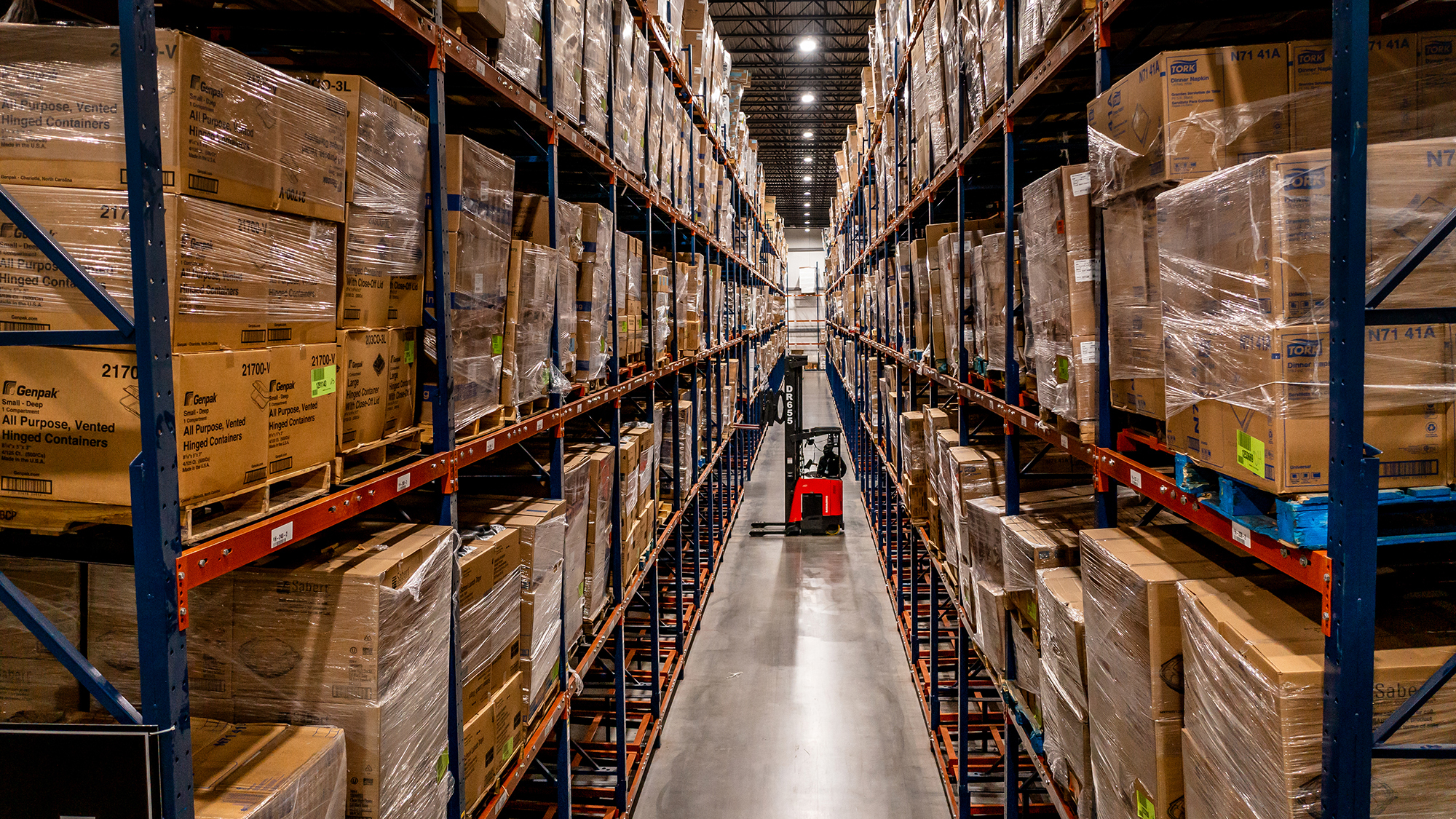
Kelley: How is automation changing the way that you, as an architect, approach projects?
John: In some ways it completely changes it. But in other ways it does stay the same because ultimately, we design buildings for people. Even if there are few people in some of these facilities and AGVs and conveyance systems are moving product, this automated equipment requires service. It still requires the human scale. This person will be carrying something, such as tools, which being around food, will have to adhere to the principles of sanitary design.
In terms of change, building codes have needed to be adjusted, in part, because distribution centers and warehousing are getting larger and larger. They really are designed for picking, for the robot that goes through. It’s something out of a sci-fi movie.
Kelley: Exactly. Some of these rack-supported cold storage projects are really climbing to new heights. It is really breathtaking to see some of these facilities, particularly when they’re empty. But as you and I know, they’ll very quickly fill up with machinery, people, and a lot of food and other things that are temperature controlled.
John: Yes, it always makes me think of the last scene in the first Raiders of the Lost Ark movie where they have the Ark of the Covenant in a crate. And then the camera zooms out, and you just see all these crates, and I just think well, if that movie were made now, those would be on rack supported storage.
Last Words of Advice
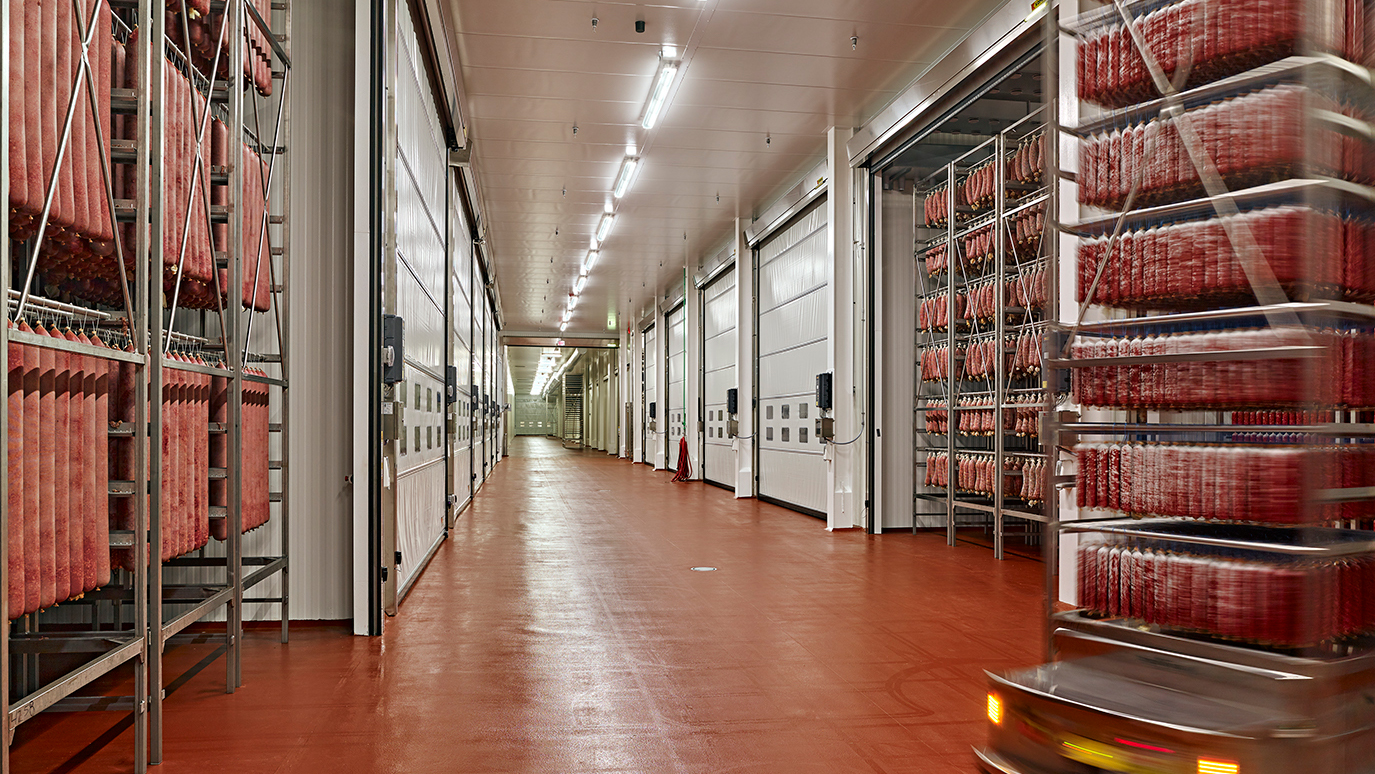
Kelley: What would your elevator pitch be to companies in the cold and frozen space who are looking for ways to easily integrate automation?
John: The advice I would give is be specific, and pinpoint where it is that you see in your process that you can implement food facility automation to gain great efficiency. Chances are these small to mid-size food companies are doing a lot of things by hand, so this is a big transition for them. Accept that this might happen incrementally.
Try starting with packaging or with an automatic retrieval system (AS/RS). Finally, try to understand your threshold for change, because automation is likely to be a big one.
And that’s just on the concept side. On the implementation side, identify a partner. And as I’ve mentioned the, there’s a lot of moving parts. It’s what we do at A M King, the integration and the communication between the design, the operation, the procurement. Having a shared understanding of what those automated systems will mean for the building and its occupants is really important.
Kelley: Is there anything else that you think our listeners should know?
John: Understand the value of your product, and where you can, where it won’t hurt your project or your product to implement some automation.
Kelley: Well, John, thank you for joining me on From the Cold Corner. For more on this, and all things cold chain, visit rffmag.com.
John: Thank you, Kelley. It’s been nice talking with you.

